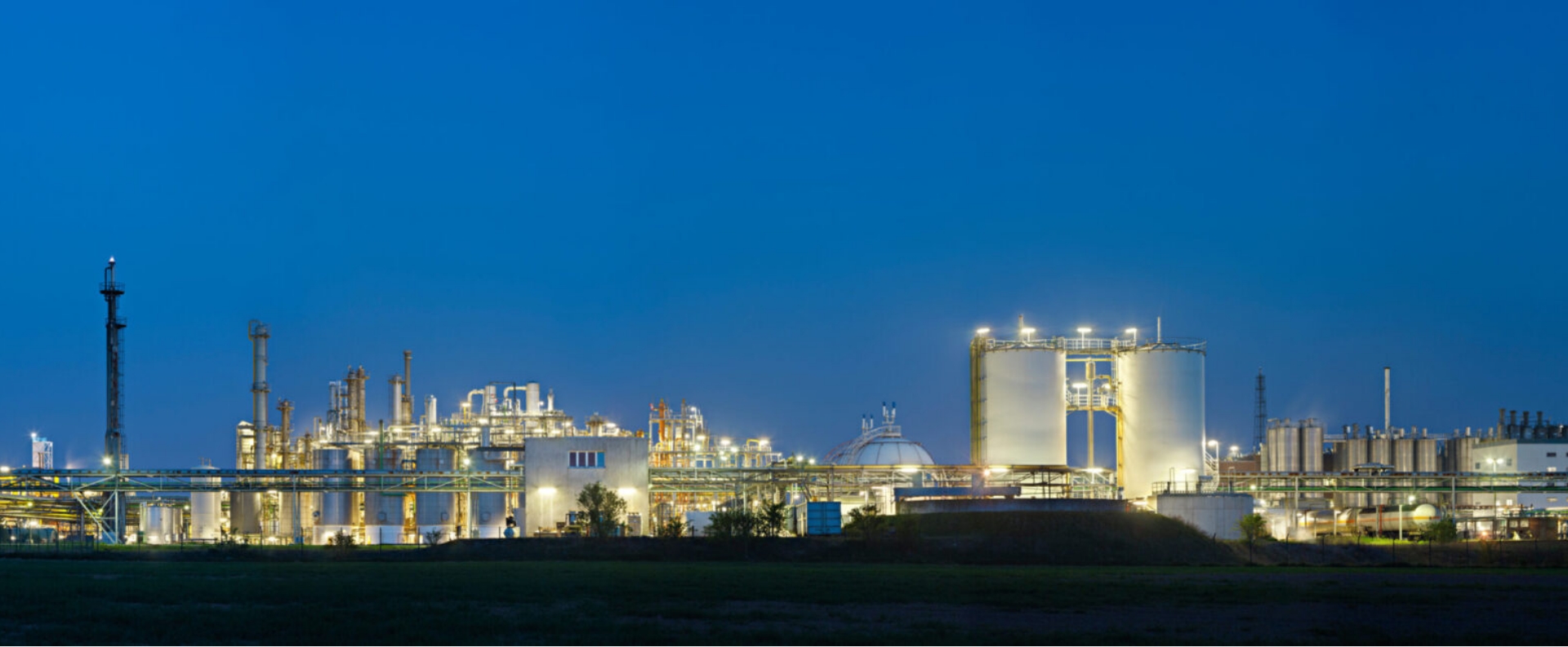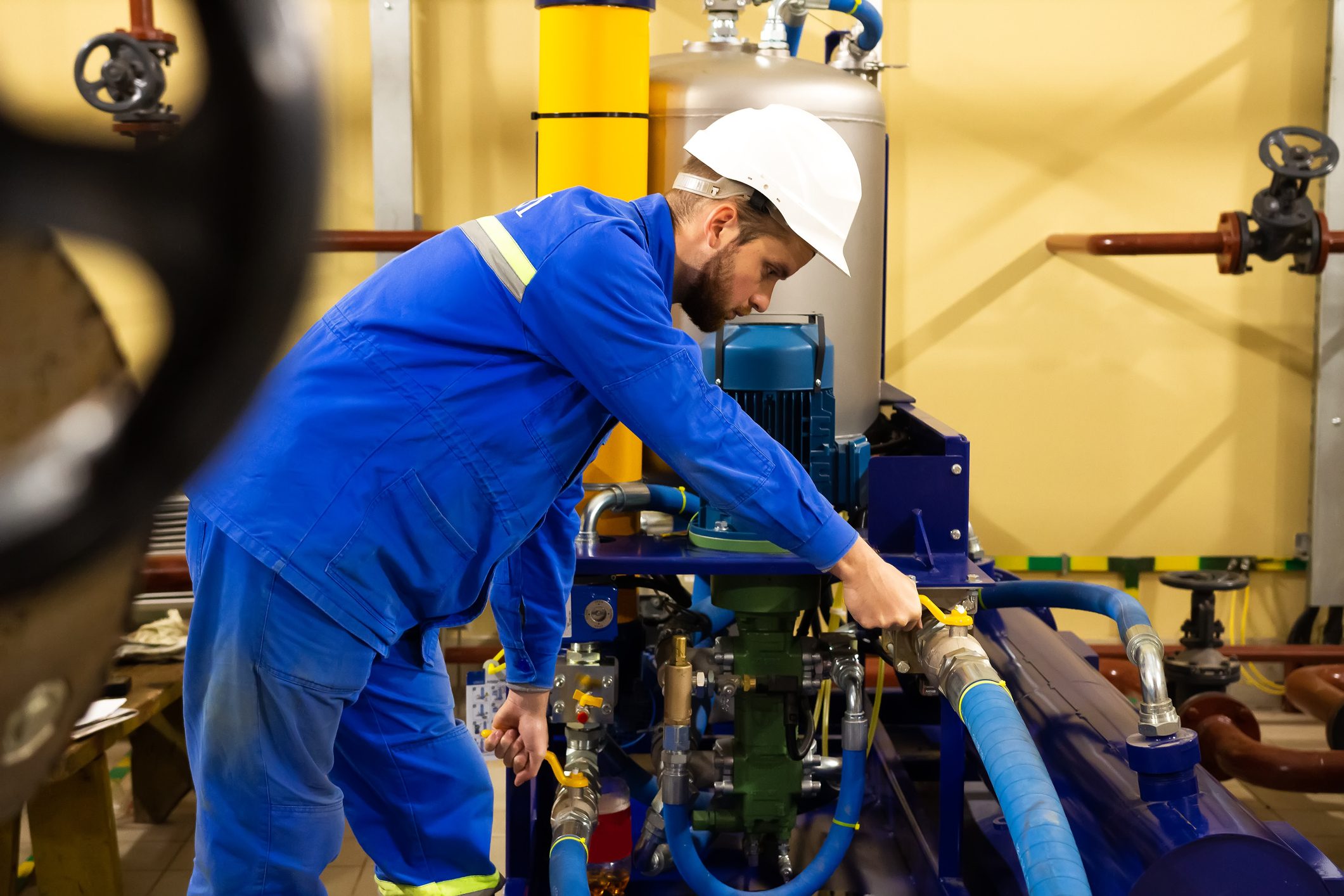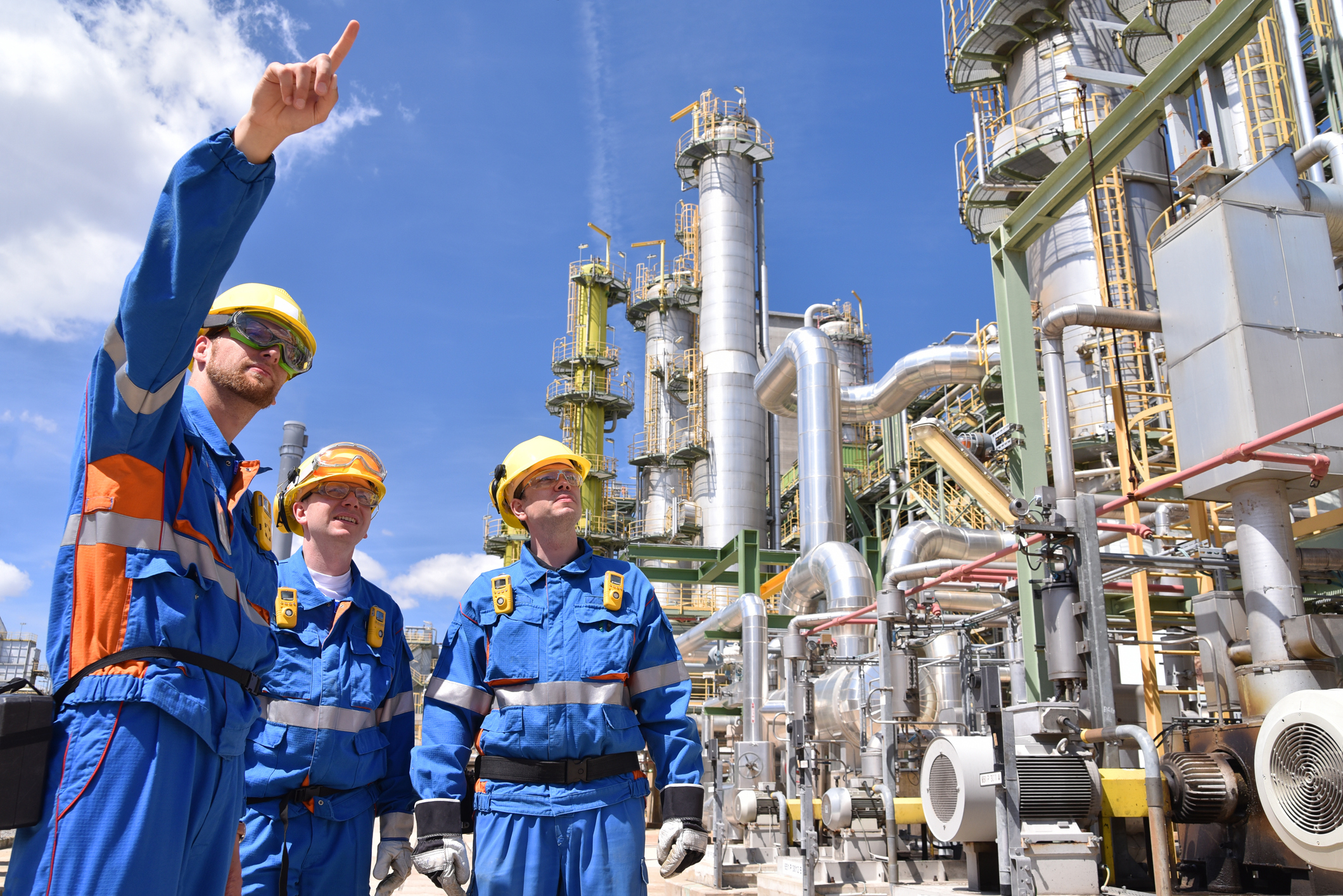Remote Assist™
MSEC provides an innovative toolkit allowing plant managers to remotely connect with multiple team members for assistance at breakneck speeds.


Cooling towers are heat removal devices that use water to transfer process waste heat into the atmosphere.
MSEC, Inc. is a leading cooling tower product distributor and service provider in select parts of the Western U.S. Their team has over 45 years of technical experience, giving them comprehensive skills to offer clients design, application, commissioning and startup services. MSEC, Inc. works daily to address challenges across various industries, including chemical, power generation, petrochemical and pipeline sectors.


Corrosion is one of the biggest concerns with galvanized steel cooling towers. While stainless steel towers are available, their cost is typically too high to justify. Cooling towers are often crucial to industrial applications and come in all shapes and sizes. MSEC offers various types of corrosion free packaged cooling towers from leading brands, including:
MSEC is committed to providing customers across the Western U.S. with long-term value to ensure total satisfaction. Their expert team has expansive industry knowledge, working closely with customers to design lasting solutions and resolve unique industry challenges.
Aside from their comprehensive product portfolio, the MSEC professionals also offer value-add advantages like:
MSEC provides an innovative toolkit allowing plant managers to remotely connect with multiple team members for assistance at breakneck speeds.


Their service team is on call around the clock, ready to assist customers in whatever capacity necessary. They’re committed to forming meaningful relationships to provide high-quality products, dependable solutions and rapid response times.


Leadership and engineering teams have decades of industry experience creating viable solutions for many applications.


MSEC knows every operation is singular in how it functions. They work closely with clients to understand their procedures, applications and needs to design personalized services that remedy specific challenges.




MSEC, Inc is ready to help plants and factories searching for an organization to deliver meaningful results to enhance industrial or commercial operations. Their dependable solutions and high-quality cooling towers streamline efficiency, reduce operational costs and preserve a secure environment.
Request a quote online today to learn more about the types of cooling towers MSEC sells and how they can benefit your practice.